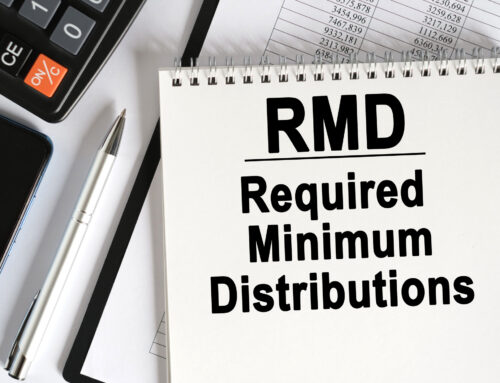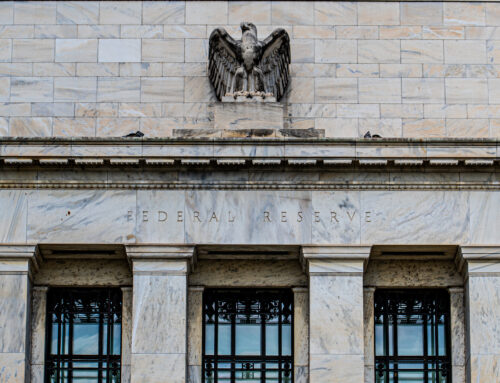
The SECURE Act 2.0, signed into law in late 2022, brought significant changes to retirement savings and planning—namely, the rules around how retirement accounts work and can be used. As a retiree or someone approaching retirement, understanding these changes can assist in optimizing your financial strategy. Let’s explore some key aspects that may directly impact you.
- Required Minimum Distributions (RMDs) at 73
Good news for those who want to keep their money invested longer! The age for taking RMDs has increased from 72 to 73 in 2023 and will further rise to 75 in 2033. This change can allow your retirement funds more time to grow tax-deferred.
- Reduced Penalties for Missed RMDs
If you accidentally miss an RMD, you’ll face a less severe penalty. The tax has decreased from 50% to 25% of the amount not taken, and if corrected promptly, it can be further reduced to 10%.
- Elimination of RMDs for Roth 401(k)s
Starting in 2024, Roth 401(k) accounts will no longer be subject to RMDs during the owner’s lifetime, aligning them with Roth IRA rules. This change provides more flexibility in managing your tax-free retirement savings.
- Enhanced Catch-Up Contributions
For those aged 60 to 63, catch-up contribution limits to 401(k)s will increase from $7,500 to $10,000 annually starting in 2025. This boost can help you accelerate your savings as you near retirement.
- Employer Matching for Student Loan Payments
If you’re still paying off student loans, your employer can now “match” your loan payments with contributions to your retirement account. This innovative approach helps you save for retirement while managing education debt.
- Emergency Savings Access
The new law allows for penalty-free withdrawals of up to $1,000 per year from retirement accounts for emergency expenses. You have three years to repay the withdrawal, providing a safety net without derailing your long-term savings.
- Expanded 529 Plan Options
After 15 years, unused funds in a 529 education savings plan can be rolled into a Roth IRA for the beneficiary, up to a lifetime limit of $35,000. This change offers more flexibility if your children or grandchildren don’t use all their education funds.
- Automatic Enrollment in Workplace Plans
For new workplace retirement plans starting after December 31, 2024, employees will be automatically enrolled. This helps to ensure more people can start saving early, though you can opt out if desired.
- Saver’s Credit Changes
The saver’s credit for lower-income earners is evolving. Instead of an immediate tax break, the government will match contributions to retirement accounts, potentially resulting in more long-term savings.
Stay informed, stay proactive, and make the most of these new provisions to help enhance your financial well-being in retirement. The SECURE Act 2.0 offers valuable tools to help strengthen your retirement savings – it’s up to you to put them to work!
As you navigate these changes, remember that they’re designed to provide more flexibility and opportunities for building a secure retirement for yourself. So, how you apply these new rules to your situation is dependent on you! Reach out to us to understand how these updates may apply to your specific situation and how to best leverage them for your retirement strategy.




